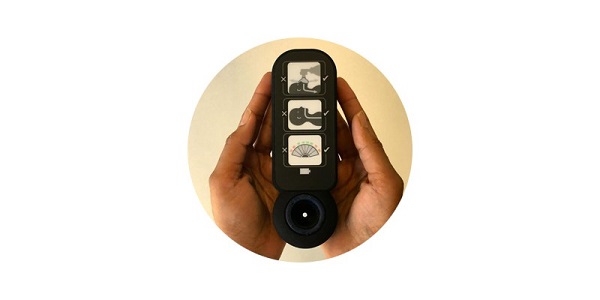Philips, a multinational technology firm, in partnership with researchers at Massachusetts General Hospital and Mbarara University of Science and Technology in Uganda, have invented a new device, Augmented Infant Resuscitator, which revives newborn babies suffering breathing distress.
The Augmented Infant Resuscitator (AIR) helps to safely resuscitate suffocated or asphyxiated newborns. It helps to measure and help regulate the airflow delivered to the baby.
Asphyxia, defined as the baby’s inability to breathe on its own at birth, is one of the major causes of neonatal death.
The AIR device is an innovative add-on that is compatible with virtually all existing manual bag-valve-mask resuscitators.
It has the potential to significantly improve the initial training and ongoing practice of bag-valve-mask resuscitation skills.
“At Philips, we aim to improve people’s health through meaningful innovations,” says Mr. Arman Voskerchyan, the Business Leader for Therapeutic Care at Philips.
“Our mission is to improve the lives of three billion people a year by 2025. By combining our expertise in the respiratory care and resuscitation with the strengths of global health innovators like the AIR team at CAMTech, we aim to drive and scale innovative solutions that bridge societal divides in healthcare to reach underserved populations, and thereby addressing the United Nations Sustainable Development Goal 3,” he adds.
The device measures ventilation flow and pressure to monitor the quality of ventilation, and provides intuitive visual feedback on common ventilation errors, including inadequate face-mask seal, obstructed airway, incorrect ventilation rate, and harsh breaths that can damage the baby’s airways.
Must read: Ugandan-made Kayola electric buses to hit road in 2019
Any one of these mistakes may result in death or permanent neurological injury.
The Augmented Infant Resuscitator also records performance for future feedback, improving the training of healthcare professionals by identifying persistent gaps in technique.
Augmented Infant Resuscitator is born
Dr Kristian Olson, the Director of CAMTech at Massachusetts General Hospital Global Health, Dr Data Santorino, CAMTech Uganda Country Manager, and Dr Kevin Cedrone, a lecturer at the Massachusetts Institute of Technology (MIT), first created the AIR device prototype in 2012 at a CAMTech Hack-a-thon with MIT at Massachusetts General Hospital.
After receiving an initial grant from CAMTech in early 2013, further development and testing of the AIR device was supported by Saving Lives at Birth (SLAB) – A Grand Challenge for Development partners.
In late 2016, the Augmented Infant Resuscitator or AIR team completed a multi-center randomized trial of 270 birth attendants in both Uganda and the US, details of which will be presented in a future publication.
Since 2016, Philips and the AIR team have further developed the device.
Philips recently obtained a license for the relevant Intellectual Property owned by Partners Healthcare and Mbarara University of Science and Technology, to commercialize and scale the Augmented Infant Resuscitator device.
CAMTech will continue to gather new impact, usability and cost-effectiveness data through a multi-country trial in India, Uganda and Ghana, for which Philips will provide CAMTech with more than 200 engineering samples.
More tech stories:
The Dos and Don’ts of using free public Wi-Fi
How to recover your stolen or lost phone

